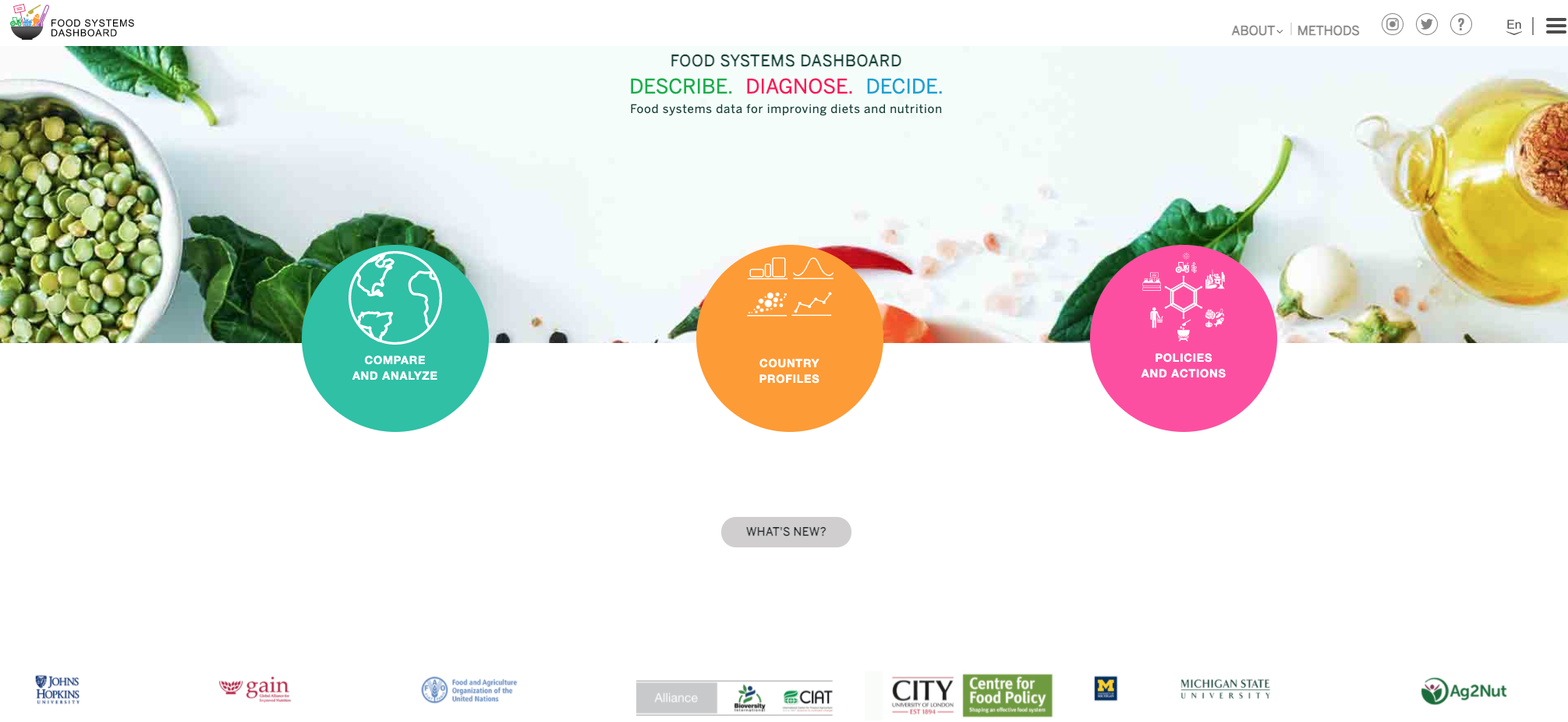President Biden’s first budget request when he came into office called for significant investment to science with increased budgets to the National Institutes of Health (NIH), the National Science Foundation, NASA and the National Oceanic and Atmospheric Administration, and the NIH office funding research on climate change and human health. The U.S. Department of Agriculture’s budget alone would increase from $647 million to $4 billion to be spent on research, education, and outreach. This is a signal that science will no longer be swept under the rug.
On February 23, 2021, the World Food Prize Foundation released a statement penned by 24 of its Laureates—considered some of the world’s experts on food security—urging the Biden Administration to focus on alleviating hunger, poverty, and malnutrition around the globe. The Laureates called for investments to improve food systems—which feed us—but also are responsible for 30% of greenhouse gas emissions and the generation of diets that are linked to 6 of the top 10 risk factors of the global burden of disease. They urged the U.S. to strengthen and leverage alliances, play a leadership role in the upcoming United Nations Food Systems Summit this September, and refresh evidence-based policymaking. Others have called for the U.S. to transform the food systems as well including the Rockefeller Foundation and renewed engagement marking the 50th anniversary of the 1969 White House Conference on Food, Nutrition, and Health. Some, including academics and former U.S. senators and the Secretary of Agriculture, has gone further to aim for a “moonshot” federal funding for nutrition research.
Can we now please stop using the word “moonshot”?
One way to do that is for the U.S. to invest more in food systems science and research. As several of us wrote in a recent Global Food Security Journal piece, research has a vital role in charting a positive and sustainable direction for global food security, nutrition, and health. At a time when facts, science, and evidence are under ever greater scrutiny, and even openly disregarded as suspect by some political and business leaders (we won’t mention any of the very obvious names), the rigors of research have never been more critical. Research can and does bring about wholesale changes in attitudes, political thought, and action.
Those of us who do research must see their role in terms of knowledge generation and the translation of this knowledge into a form that is relevant to decision-makers in government, business, and civil society.
Those who design, shape, and enact policies need to access the research they need in a digestible and accessible way. Failure to achieve this brings a very considerable risk of being ignored. Researchers must learn to sit at policy dialogue tables not set for them, but the table for the users of their research – that is, the policymakers. It is a table that many researchers are not accustomed to sitting at.
Food systems encapsulate the choices we make about which foods to consume and grow and how we transport, store, process, and market them. These choices profoundly affect outcomes we care about. To date, the choices all stakeholders make, whether governments, foundations, businesses, civil society, or individual consumers, have relied on fragmented information on food systems, of variable quality, which is difficult to access or use.
The Food Systems Dashboard is an open-access data platform to address these issues. Created by Johns Hopkins University, the Global Alliance for Improved Nutrition, the UN Food and Agriculture Organization, and many other collaborators, it launched in June 2020, to attempt to boost the evidence-based decision-making on food systems. The Dashboard is designed to inform decisions that have positive effects on multiple social and environmental challenges simultaneously. Different food choices have different impacts on health, the environment, and livelihoods. There are trade-offs and synergies which need to be surfaced, navigated, and mitigated. For example, different foods have different nutrition values, greenhouse emissions, and different natural resource use implications. In short, the Dashboard is the beginnings of an ambitious “Google Map” for food systems. Let’s hope we make it as navigable and useful over the next decade.
Food systems must adapt and transform to deliver sustainable, healthier diets, and durable livelihoods without decimating the planet. Yes, that is a lot to ask! To do that, we need investment in science, evidence generation, and decision-making tools, like the Food Systems Dashboard, that enable data-driven decision-making in food systems. The Biden Administration has taken a bold step forward to invigorate the various fields of science in the U.S. In turn, the research community should rise to this challenge, and we provide a platform to challenge the status quo and take food system transformation in a direction we may have imagined but are far from realizing.

